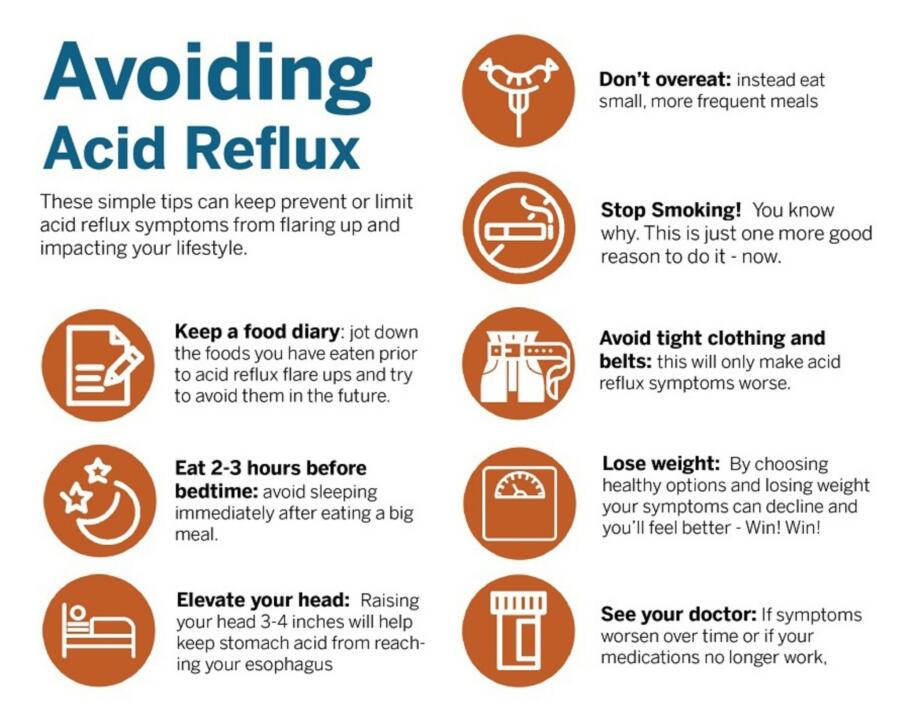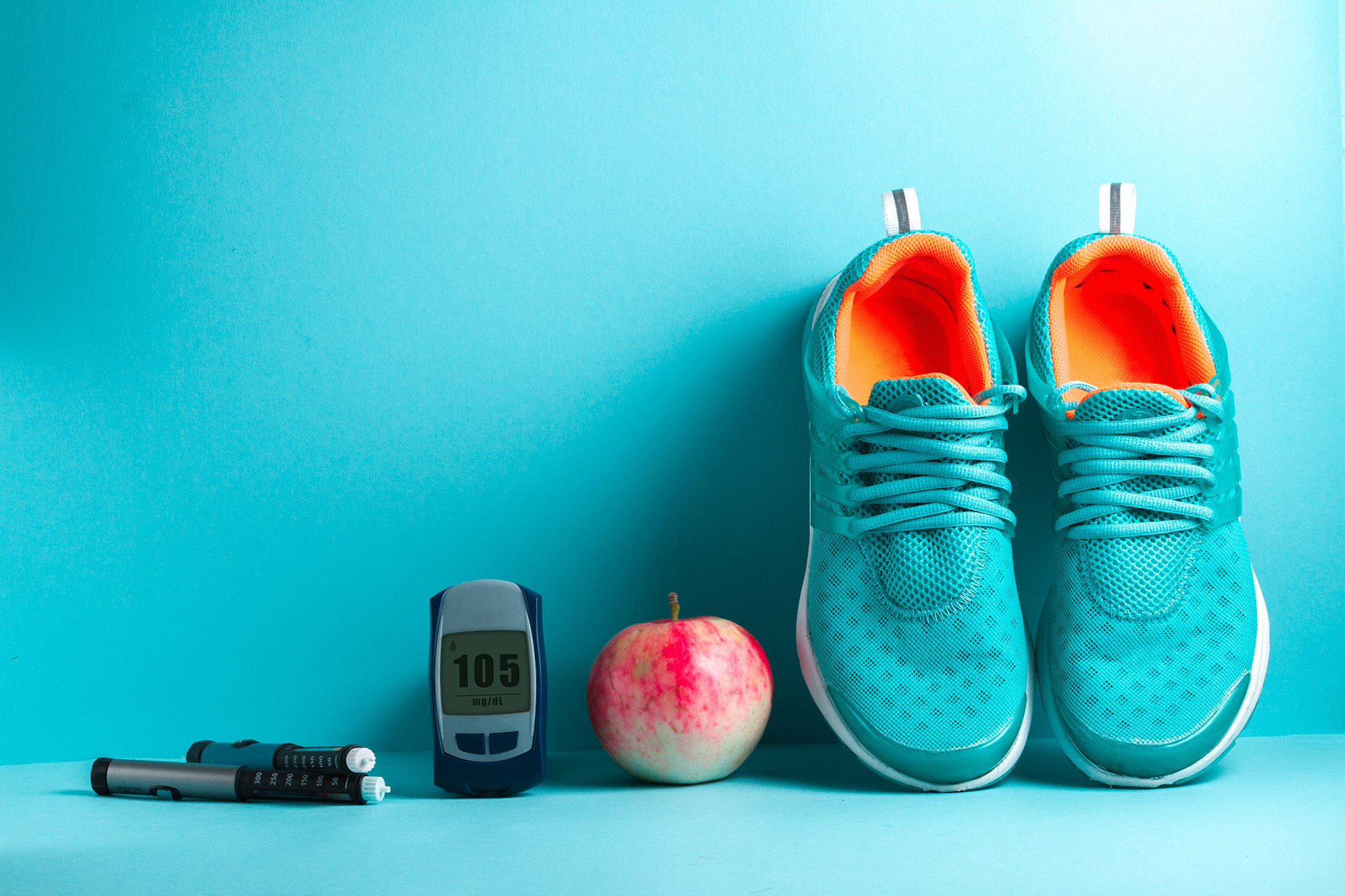
Diabetes is a complex condition often misunderstood due to prevailing diabetes myths and facts. False information usually spreads and is accepted as truth, leading to misunderstandings about this chronic condition. Diabetes is a serious health issue that can result in severe complications, including cardiovascular problems, amputations, coma, and blindness.
TYPES OF DIABETES
Type 1 Diabetes: This type is more commonly found in children and young adults. It is an autoimmune disorder where the pancreas stops producing insulin due to an attack by the immune system on the beta cells responsible for insulin production. People with type 1 diabetes require insulin through injections or pumps, and the condition cannot be prevented.
Type 2 Diabetes: The most prevalent form among middle-aged and older individuals, type 2 diabetes occurs when the body either doesn’t produce enough insulin or doesn’t use it effectively, leading to insulin resistance. This type of diabetes is influenced by both genetic and environmental factors.
When someone has type 2 diabetes, their pancreas struggles to release sufficient insulin, or their body’s cells resist insulin’s effects, resulting in elevated blood sugar levels. Contrary to popular belief, sugar itself does not cause diabetes. Diabetics need to monitor their carbohydrate intake and sugar consumption carefully, rather than eliminating sugar from their diet. Moderation is key, with a focus on a diet rich in whole grains, fiber, vegetables, and lean proteins. Type 1 diabetes management involves learning to adjust insulin doses based on carbohydrate intake. For older adults with type 2 diabetes, understanding different sugar sources and distributing sugar intake throughout the day is crucial for maintaining stable blood sugar levels.
Let’s delve into common misconceptions and clarify diabetes myths and facts.
Myth 1: “If You Have Diabetes, You Should Avoid Sugar”
Fact: While people with diabetes need to monitor their sugar intake, significantly refined sugars, and high-glycemic-index foods, sugar itself does not directly cause diabetes. The development of diabetes is more complex and involves factors such as genetics, lifestyle choices, and overall diet. This aligns with one of the vital diabetes myths and facts. People with diabetes can consume small amounts of sugar while focusing on balanced meals, prioritizing whole grains, vegetables, lean proteins, and healthy fats. The key is moderation and understanding how different types of carbohydrates affect blood sugar levels.
Myth 2: “Only Older People Get Diabetes”
Fact: While type 2 diabetes is commonly associated with aging, there has been a notable increase in the diagnosis of diabetes among younger populations. Sedentary lifestyles, poor dietary habits, obesity, and genetic predisposition contribute to the rising incidence of diabetes in children, adolescents, and young adults. It’s essential for healthcare professionals and the public to recognize that diabetes can affect individuals of all ages and to promote early detection and management strategies across age groups.
Myth 3: “Type 1 Diabetes Is More Severe Than Type 2”
Fact: Both type 1 and type 2 diabetes are serious conditions with unique characteristics and challenges. Type 1 diabetes is an autoimmune disorder where the body attacks its insulin-producing cells, leading to lifelong insulin dependence. On the other hand, type 2 diabetes often develops due to insulin resistance and lifestyle factors, requiring careful management through medication, diet, and exercise. While type 1 diabetes may require immediate insulin therapy and carries a risk of complications like diabetic ketoacidosis, type 2 diabetes can lead to long-term complications if not effectively managed, such as heart disease, kidney problems, and nerve damage.
Myth 4: “Only Children Develop Type 1 Diabetes”
Fact: While type 1 diabetes is frequently diagnosed in childhood or adolescence, it can occur at any age, including adulthood. Adults can develop type 1 diabetes, although it’s less common than type 2 diabetes. The distinction between the two types lies in their underlying mechanisms and treatment approaches. Type 1 diabetes requires lifelong insulin therapy, while type 2 diabetes may initially be managed with lifestyle changes and oral medications before progressing to insulin therapy if needed.
Myth 5: “Diabetes Can Be Cured”
Fact: Diabetes is a chronic condition that currently has no cure. However, it can be effectively managed through a combination of medication, lifestyle modifications, and regular medical monitoring. Type 2 diabetes, in particular, can sometimes be reversed or controlled through significant weight loss, dietary changes, and increased physical activity. While these measures can lead to improved blood sugar control and even remission of symptoms, diabetes remains a lifelong condition that requires ongoing management and vigilance.
Myth 6: “Being Overweight Always Leads to Type 2 Diabetes”
Fact: While obesity and excess weight are significant risk factors for type 2 diabetes, not all overweight individuals develop the condition. Other factors, such as genetics, age, ethnicity, and lifestyle habits, also play crucial roles in diabetes development. It’s important to focus on overall health and well-being, including maintaining a healthy weight, engaging in regular physical activity, and following a balanced diet, to reduce the risk of diabetes and its complications.
Myth 7: “Losing Weight Will Cure Diabetes”
Fact: Weight loss can significantly improve blood sugar control and may even lead to remission of type 2 diabetes in some cases. However, it’s essential to understand that weight loss alone does not guarantee a cure for diabetes. Long-term management of diabetes involves sustained lifestyle changes, including healthy eating habits, regular exercise, monitoring blood sugar levels, and working closely with healthcare providers to adjust treatment as needed. Diabetes is a complex condition that requires ongoing attention and care to optimize health outcomes and reduce the risk of complications.
These myths not only contribute to the stigma associated with diabetes but also exacerbate the pain and confusion for those affected and can lead to incorrect diagnoses. Understanding the truth about diabetes, particularly regarding the prevalence of diabetes myths and facts, is crucial to dispel misconceptions. This is especially important for older individuals, as it helps them adopt a cautious approach to managing risks associated with the disease.
Myth 8: “All Diabetes Medications Can Cause Hypoglycemia.”
Fact: Contrary to popular belief, not all anti-diabetic medications lead to hypoglycemia. This misconception arises due to medication interactions or individual variations in how the body responds to drugs, highlighting another area of diabetes myths and facts. Specific individuals may be more susceptible to hypoglycemia than others. Hypoglycemia, characterized by a blood sugar level of 70 mg/dL or less, according to the American Diabetes Association (ADA), is a transient condition affecting many type 2 diabetes patients.
Understanding hypoglycemia and its management is crucial in diabetes care. Physical activity, especially for individuals using insulin or insulin-secreting oral drugs like sulfonylureas or glinides, can trigger hypoglycemia unless carbohydrate intake is adjusted to meet the body’s increased energy demands during exercise. While insulin is life-saving, its management can be challenging. Modern insulin formulations or long-acting insulins offer improved blood sugar control with reduced risks of hypo- or hyperglycemia. Regular blood sugar monitoring remains the cornerstone of assessing treatment efficacy. Type 2 diabetes patients generally face lower hypoglycemic risks compared to those with type 1 diabetes.
Symptoms of hypoglycemia, such as sweating, trembling, anxiety, weakness, visual difficulties, and confusion, can vary among individuals. Some diabetes patients may not experience early symptoms, leading to delayed responses until severe manifestations like loss of consciousness occur, especially in elderly patients or those with concurrent kidney or heart conditions.
Myth 9: “Diabetes Is Not a Serious Condition.”
Fact: Diabetes is a highly serious medical condition responsible for numerous annual fatalities. Dismissing diabetes as inconsequential is dangerously misguided.
All forms of diabetes, whether type 1, type 2, or gestational, demand significant attention. Poor management can result in severe complications such as cardiovascular ailments, renal disorders, and vision impairments, significantly impacting both life expectancy and quality of life. Taking diabetes seriously is imperative for effective management. While type 2 diabetes presents substantial health challenges, individuals have potent tools, including lifestyle modifications and medications, to control diabetes and mitigate associated health risks.
The substantial risks associated with uncontrolled diabetes are undeniable. Diabetes is linked to a range of severe health issues, including a fourfold increased risk of heart disease and stroke, a leading cause of blindness, a primary contributor to kidney failure, substantial nerve damage, and heightened amputation rates due to non-healing wounds.
Myth 10: “You Should Avoid Pregnancy If You Have Diabetes.”
Fact: This myth stems from outdated perceptions when diabetes management was less advanced and misunderstood. Women, especially those with type 1 diabetes, historically faced concerns about pregnancy risks or fertility issues, contributing to other common diabetes myths and facts. However, modern diabetes treatments have transformed this outlook. While managing diabetes during pregnancy presents challenges, it is entirely possible to have a normal pregnancy with careful precautions. Complications such as preterm birth may arise with poorly controlled blood sugar levels, emphasizing the importance of vigilant glucose management during pregnancy.
Collaborating closely with diabetes specialists and obstetricians is crucial for women planning pregnancy. Maintaining optimal blood glucose levels, frequent blood sugar monitoring, adhering to a balanced diet, and engaging in regular exercise are vital aspects of managing diabetes during pregnancy.
Myth 11: “Gestational Diabetes Is Benign and Vanishes Postpartum.”
Fact: Gestational diabetes, occurring during pregnancy in about 1 in 20 cases, warrants serious attention despite its temporary nature. While it often resolves postpartum, unmonitored gestational diabetes poses risks for both mother and child. Complications can include hypertension, preeclampsia, increased cesarean section rates, and macrosomia (high birth weight) in infants, leading to birth injuries. Post-birth, both mother and child face elevated risks of developing type 2 diabetes later in life. Timely screening for gestational diabetes around 24-28 weeks of pregnancy is essential.
Myth 12: “Diabetes Increases Susceptibility to Common Illnesses.”
Fact: Contrary to belief, diabetes does not significantly elevate the risk of contracting common illnesses like colds or flu compared to individuals without diabetes. However, diabetes can heighten the severity of complications if these illnesses occur. According to the US Centers for Disease Control and Prevention, diabetic individuals are three times more likely to be hospitalized due to flu-related complications. Vaccination against influenza and practicing good hygiene are crucial preventive measures for diabetes patients. Moreover, managing colds or flu can pose challenges in blood sugar control, underscoring the importance of cautious health practices for diabetic individuals.
Myth 13: “Diabetes Is Contagious.”
Fact: Diabetes is not contagious and cannot be transmitted from person to person. Its development is primarily influenced by genetic predisposition and environmental factors rather than direct transmission, addressing a significant misconception within diabetes myths and facts. Type 1 diabetes is believed to result from a combination of genetic susceptibility and external triggers such as viral infections or dietary factors. Similarly, type 2 diabetes stems from genetic factors, lifestyle choices, and other elements like obesity, age, and inactivity. Transmission occurs within family lines rather than between unrelated individuals. Understanding diabetes as a non-communicable disease is crucial in dispelling misconceptions about its contagiousness.
Myth 14: “Diabetes Restricts Job Opportunities.”
Fact: With few exceptions, individuals with diabetes can pursue a wide range of occupations suited to their skills and abilities. Insulin-dependent individuals may face limitations in certain professions like military service or commercial piloting as per specific regulations. However, advocacy efforts have resulted in expanded job opportunities for diabetic individuals across various sectors. Safety considerations, such as blood sugar management during work involving heavy machinery or driving, are essential but seldom pose insurmountable barriers. Collaboration with healthcare providers ensures safe workplace practices for diabetic individuals while promoting equal employment opportunities.
Myth 15: “Exercise Poses Risks for Diabetics.”
Fact: Regular exercise is crucial for diabetes management and overall health. Collaborating with healthcare providers to develop tailored exercise regimens ensures safe and effective physical activity for diabetic individuals. Studies consistently highlight the benefits of exercise in lowering blood sugar levels, managing diabetes, and improving overall well-being, dispelling other common diabetes myths and facts. Proper blood sugar monitoring, timing of exercise, and post-exercise nutrition are vital considerations for diabetic individuals engaging in physical activity. With appropriate precautions and guidance, exercise becomes integral to diabetes care, promoting cardiovascular health, weight management, and improved glucose control.
Myth 16: People with type 1 diabetes can’t participate in sports or exercise.
Fact: Many individuals with type 1 diabetes lead active lives and participate in sports and exercise activities. Proper management, including monitoring blood glucose levels and adjusting insulin doses, allows for safe participation in physical activities.
Myth 17: No one in my family has diabetes so I don’t have to worry.
Fact: While family history is a risk factor for type 2 diabetes, other factors such as lifestyle choices, ethnicity, and age also play significant roles. It’s important to focus on overall health and well-being through healthy living practices.
Myth 18: People with diabetes are unsafe drivers.
Fact: The majority of drivers with diabetes can safely operate vehicles, especially when they manage their condition effectively by monitoring blood sugar levels, adhering to medication regimens, and adopting safe driving practices.
Myth 19: Only people with type 1 diabetes need insulin.
Fact: While insulin therapy is essential for managing type 1 diabetes, some individuals with type 2 diabetes may also require insulin over time due to declining pancreatic function. Proper medication usage and lifestyle modifications are crucial for managing type 2 diabetes effectively.
References:
- Liu NF, Brown AS, Folias AE, et al. (2017) “Stigma in people with type 1 or type 2 diabetes.” Clin Diabetes.
- Beverly EA, Guseman EH, Jensen LL, Fredricks TR. (2019) “Reducing the stigma of diabetes in medical education: A contact-based educational approach.” Clin Diabetes.
- Lean ME, Te Morenga L. (2016) “Sugar and type 2 diabetes.” Br Med Bull.
- Centers for Disease Control and Prevention. “Diabetes and mental health.”
- Dickinson JK, Guzman SJ, Maryniuk MD, et al. (2017) “The use of language in diabetes care and education.” Diabetes Care.
- Hilliard ME, Oser SM, Close KL, Liu NF, Hood KK, Anderson BJ. (2015) “From individuals to international policy: achievements and ongoing needs in diabetes advocacy.” Curr Diab Rep.





























